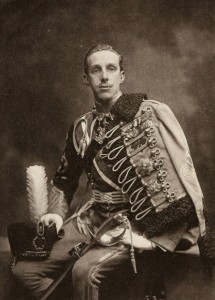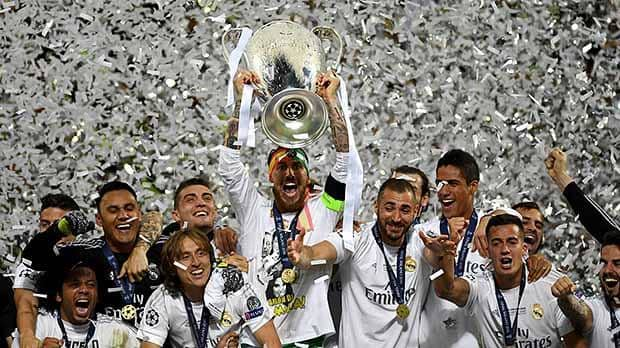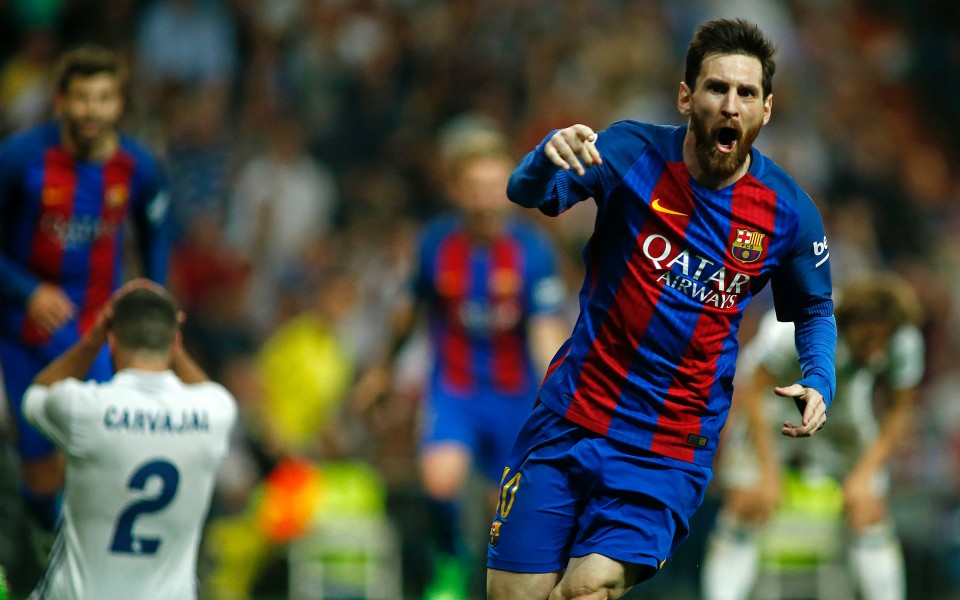 Through over 100 years of history, Real Madrid has become one of the most recognizable names in world football. But how did they get there? In partnership with Howler magazine, The Center Circle is embarking on a multi-part journey from the roots of this historic club to the Cristiano Ronaldo era it enjoys today. If you consider yourself a Real fan, or really just a soccer fan in general, this is for you. Finally, do you see that “Hala Madrid” graphic right above this? You can click on that to open up Howler’s incredible Real Madrid timeline, replete with informative tidbits, pictures, and some cool graphics. Scroll through each section, zoom in to read, and enjoy.
Through over 100 years of history, Real Madrid has become one of the most recognizable names in world football. But how did they get there? In partnership with Howler magazine, The Center Circle is embarking on a multi-part journey from the roots of this historic club to the Cristiano Ronaldo era it enjoys today. If you consider yourself a Real fan, or really just a soccer fan in general, this is for you. Finally, do you see that “Hala Madrid” graphic right above this? You can click on that to open up Howler’s incredible Real Madrid timeline, replete with informative tidbits, pictures, and some cool graphics. Scroll through each section, zoom in to read, and enjoy.
Part I: Modest Beginnings
When we watch Real Madrid today, global brand with the best players on the planet, it blows the mind to think of how it all began. In the 1890’s, a group of university friends gathered to play foot-ball. They were students at the Institucion libre de ensenanza (Free Institute of Teaching) and played Sundaymornings at a park in Moncloa, a well off city district in the Western part of town. They eventually formed two clubs: New Foot-Ball de Madrid and Club Espanol de Madrid. In 1902, the board elected Juan Padros and Madrid FC (Foot-ball Club) officially entered into existence.
By that time, though, Madrid was already a decade behind the top teams in other parts of Spain, like FC Barcelona and Athletic Club (commonly known as “Athletic Bilbao”). At the suggestion of Carlos Padros, brother of Juan Padros, a tournament was held in the Madrid Hippodrome to honor the coronation of King Alfonso XIII. This tournament was the precursor to the Copa del Rey. Two clubs traveled from Catalonia to play: FC Barcelona and Club Espanol. The Basques combined two teams and sent Club Bizcaya. Meanwhile, Madrid FC participated, along with New Foot-Ball Madrid.
Madrid FC struggled in the very first editions of the Copa del Rey, but soon went on a searing run – winning the tournament four consecutive years from 1905-1908. Granted, one of those years FC Barcelona and the Basque teams refused to participate. Also, players were still amateurs, so the quality of play was generally poor. However, Madrid were indisputable king of the hill, despite the hill being very small.
Slowly, though, the sport grew in popularity and got better organized. In 1909, the Royal Federation of Foot-ball was created, with Madrid a founding member. Also, the club existed thanks largely to a membership model – any fan could pay a monthly fee to support the club, and, in return, that fan had a say in club elections. In a negative light, this looks like a poll tax – only those with money can afford to pay and get a say. In a positive light, it looks like union dues – you pay, get benefits form being a member, and have a voice in the club’s direction.
Regardless of your politics, the model worked financially: in 1912, the club could afford their first permanent home, the O’Donnell field. The club erected a grandstand with the capacity for 6,000 fans. They also installed a white fence to prevent fans from running onto the field.







No Comments